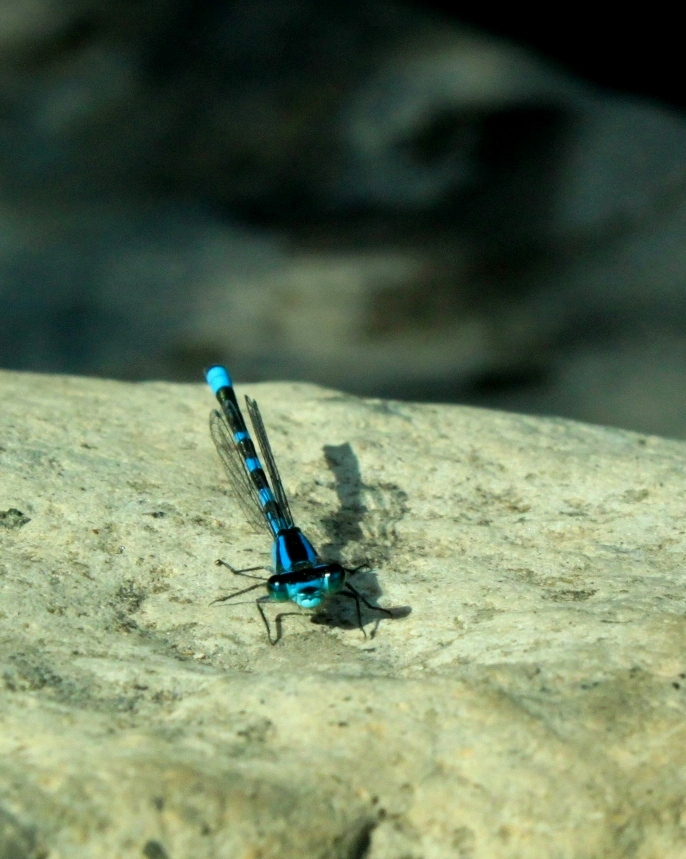A new technology studied at the University of Tokyo makes a clear gel walk across the floor without you touching it, or makes one block of gel cycle through the colors of the rainbow. Even if the gel is majority (98%) water, when shaped into cylindrical pillars, it can hold up a metal weight on shaking ground instead of crumbling or splattering like jello.
First of all, water-based gel material, or hydrogel, has been around for some time, however, Prof. Aida’s lab at the University of Tokyo discovered a unique combination of water (98%), clay (2%), and organic materials (<0.2%) to make an unprecedentedly tough hydrogel that would stretch and spring back, could be easily molded into various shapes, and would reattach after a fresh cut (“self-healing“). The group made an even greater advance when they found that when this hydrogel is combined with titanium nanomaterials, the resulting new gel material demonstrates even more eye-opening properties:
- Titanium nanosheets make stronger hydrogels: Titanium nanosheets can be embedded in hydrogels, and the key is the orientation of the titanium nanosheets. In 2015, Dr. Aida’s group members found that the negative charges on the surface of the titanium nanosheets repel each other like opposite poles of a magnet, and thus they could control the orientation of titanium molecules with a magnetic field. When the titanium nanosheets are aligned in layers parallel to the ground and then are trapped in pillar-shaped hydrogels, these reinforced hydrogels can stand compression and deformation forces such that they would hold up metal weights in turbulence (images and news coverage here).
- “Walk across the color palette”: is how Prof. Aida described it. Take the hydrogel-titanium nanosheet mix, remove the excess salts, and you can create “photonic hydrogels” that can reflect colors of the visible spectrum. First the hydrogel may look red, but pressing on the gel will then mechanically change the distance between the layered titanium nanosheets and thus the wavelengths and colors they reflect (similar mechanism as in this image). You can watch the gel change through all colors of the rainbow and its gradients. (Work in progress with student Mr. Koki Sano)
- Walking hydrogels (video above): Hydrogels are temperature-sensitive; they respond to warming and cooling by shrinking by dehydration and swelling, respectively. However, titanium nanosheets can help prevent complete shrinking and swelling, instead causing the hydrogel to contract and expand. Aida lab member Ms. Younsoo Kim ingenuously molded the hydrogel into an L shape, so that when you place it upside down and change the temperature up and down, the stretching and contracting makes it walk across like an inch worm!
___________________________________________
Personally selected highlights from talk by Prof. Takuzo Aida, “Stimuli-Responsive Soft Matters towards Artificial Intelligence.” September 15th, 2015, University of British Columbia, Vancouver, BC. Dr. Aida was a great speaker, and he delivered a great talk with entertaining animated slides and “how-to” videos!














